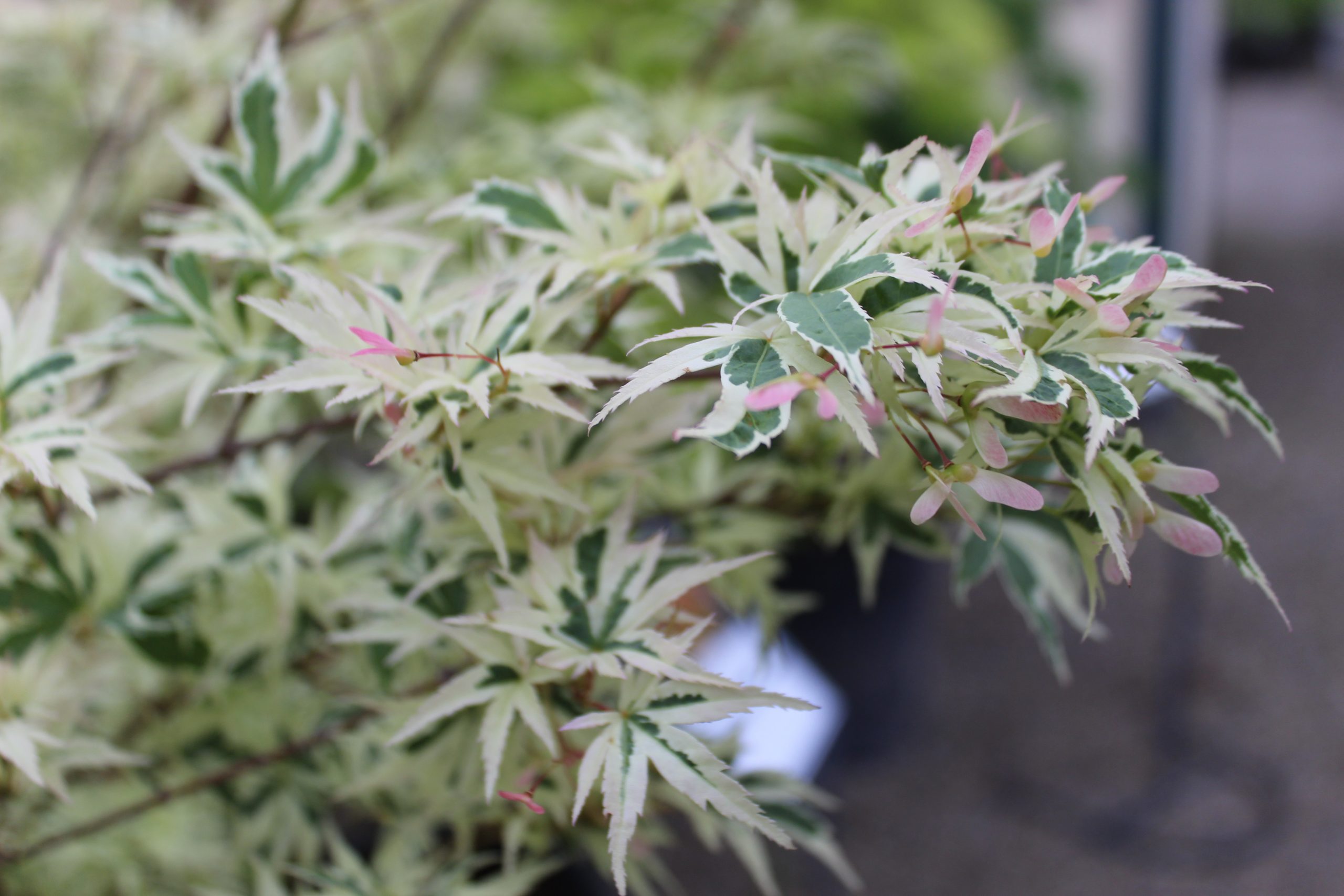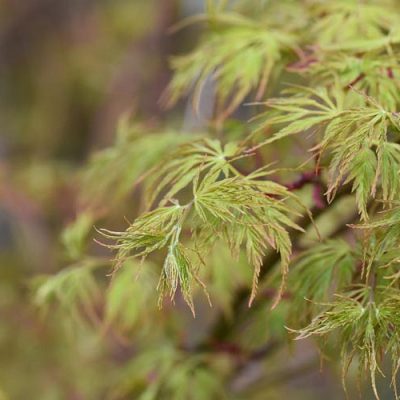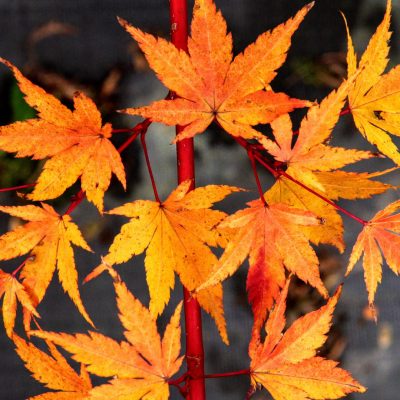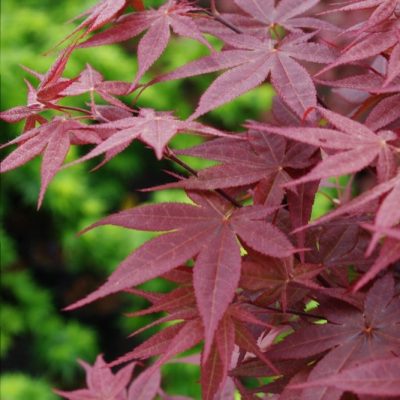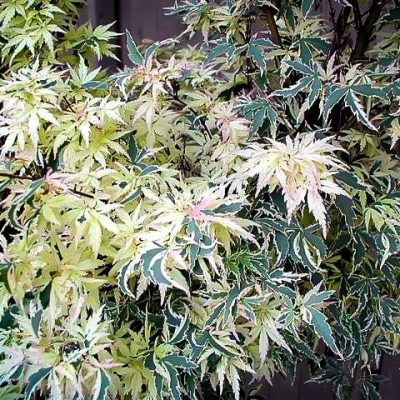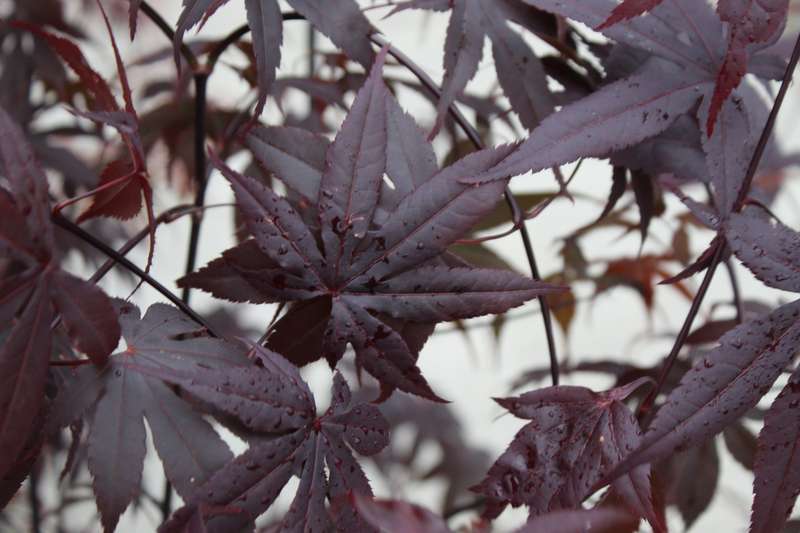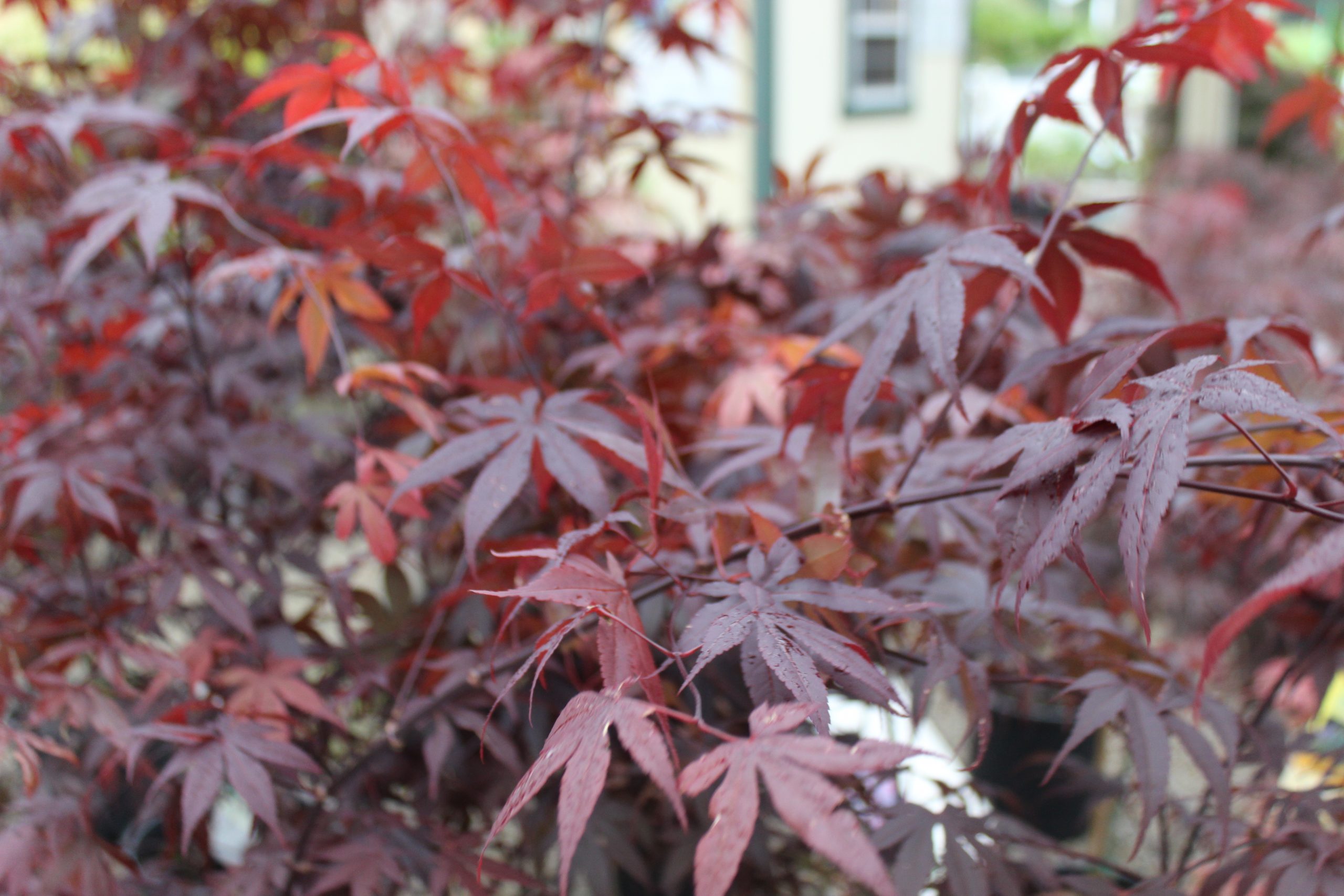| | Seiryu | Katsura | Butterfly | Rhode Island Red |
| Zone | Zone 5-8 | Zone 5-9 | Zone 5-8 | Zone 5-9 |
| Sun | Full sun, Partial sun | Full sun, Partial sun | Full sun, Partial sun | Filtered sun, Full sun, Partial shade, Partial sun |
| Water | Needs regular watering – weekly, or more often in extreme heat. | Needs regular watering – weekly, or more often in extreme heat. | Needs regular watering – weekly, or more often in extreme heat. | Water regularly – weekly, or more often in extreme heat or containers. |
| Water Needs | Moderate | Moderate | Moderate | Moderate |
| Growing Speed | Slow grower | Slow grower | Slow grower | Slow grower |
| Height | 10 to 15 ft. tall | 10 to 12 ft. tall | 7 to 9 ft. tall | 6 ft. tall |
| Width | 6 to 8 ft. wide | 10 to 12 ft. wide | 5 to 6 ft. wide | 6 ft. wide |
| Spring Color | Green | Golden-orange with pink edges | Pink tinged green leaves | Red |
| Summer Color | Green | Green | White tinged green leaves | Maroons |
| Fall Color | Purple-brown then brilliant red. | Orange-yellow | Scarlet Magenta | Orange |
| Description | Selected for its upright, vase-shaped form; displays finely dissected lacy green foliage. Excellent accent, wonderful focal point for the patio area. Fall foliage turns an interesting purple-brown then brilliant red. Improved selection makes an attractive garden or patio tree. | A dense, compact Japanese Maple with a graceful vase-shaped habit that stands out boldly in the landscape. Perfect for small gardens or containers. Leaves emerge golden-orange with pink edges and turn to delicate foliage of bright green in the summer before turning brilliant shades of orange and yellow in fall. | Silvery white margined green leaves cover the densely held branches and become scarlet magenta in fall. New spring growth is pink tinged. A slow-growing shrub-like tree for containers, bonsai, and Asian or small gardens. This versatile plant can even be trained as bonsai for tabletop or raised beds. | A spectacular dwarf Japanese maple with dense, compact branching on an upright habit and a rounded, ovate crown. The stunning palmate foliage emerges red in spring and deepens as it ages. Cooler fall temperatures bring orange tones. Red stems add color to the bare winter silhouette. Well-suited for use as a container specimen. |
